NeXT Forest
We can imagine a wonderful future for our world.
We have a vast, rich forest in the centre of our community. The forest provides us with refreshing breezes and clear, abundant water. Trees of various species grow in different sizes, some of which are far over 100 years old. The forest bears a variety of fruits, and animals come here through the green corridors covering the area. Orangutans come around with their babies.
We are not usually aware of the benefits of forests, but the trees there absorb CO2 from the atmosphere through photosynthesis every day. The forest land also catches rainfall and acts as a water recharge function. The stored water is also returned to the atmosphere through evapotranspiration of the trees, and then rains in other areas.
One more thing, we don’t know why the leaves are green, but the green leaves of the trees in the forest reflect the excess energy of sunlight and contribute to stabilising the temperature. While we may not always be conscious of the benefits of the forest, it protects our lives every day.
We call that forest the “NeXT Forest.”
However, many forests are at risk of disappearing and degrading due to illegal logging,
agricultural expansion and fires.

Project Next
We launched Project NeXT with the aim of harmonising environmental society and economy of our precious forests, which can encourage orangutan babies to grow up well.
Forests cannot be protected by just being left to be. We need to live while working there. We need to understand more about the forests. Just as forests watch over us, we need to watch over our precious forests. Project NeXT was launched with that kind of thought.

We have cultivated a variety of science and technology so far. Technology for growing trees, for utilising degraded peatlands, for observing Earth from space, and for accurately observing and predicting weather information. Over a long period of time, we have raised them to the highest level in the world.
By combining these technologies, we will protect our precious forest in a way which only we can. The goal of Project NeXT is not only preserving the forests, but also to harmonise the environment, economy, and people’s lives through monitoring and better management of forests that are already developed. Watching over the trees and animals, people gathering there for work, the forest being kept rich, and our lives also being protected. We will establish such “NeXT Forests” all over the world.
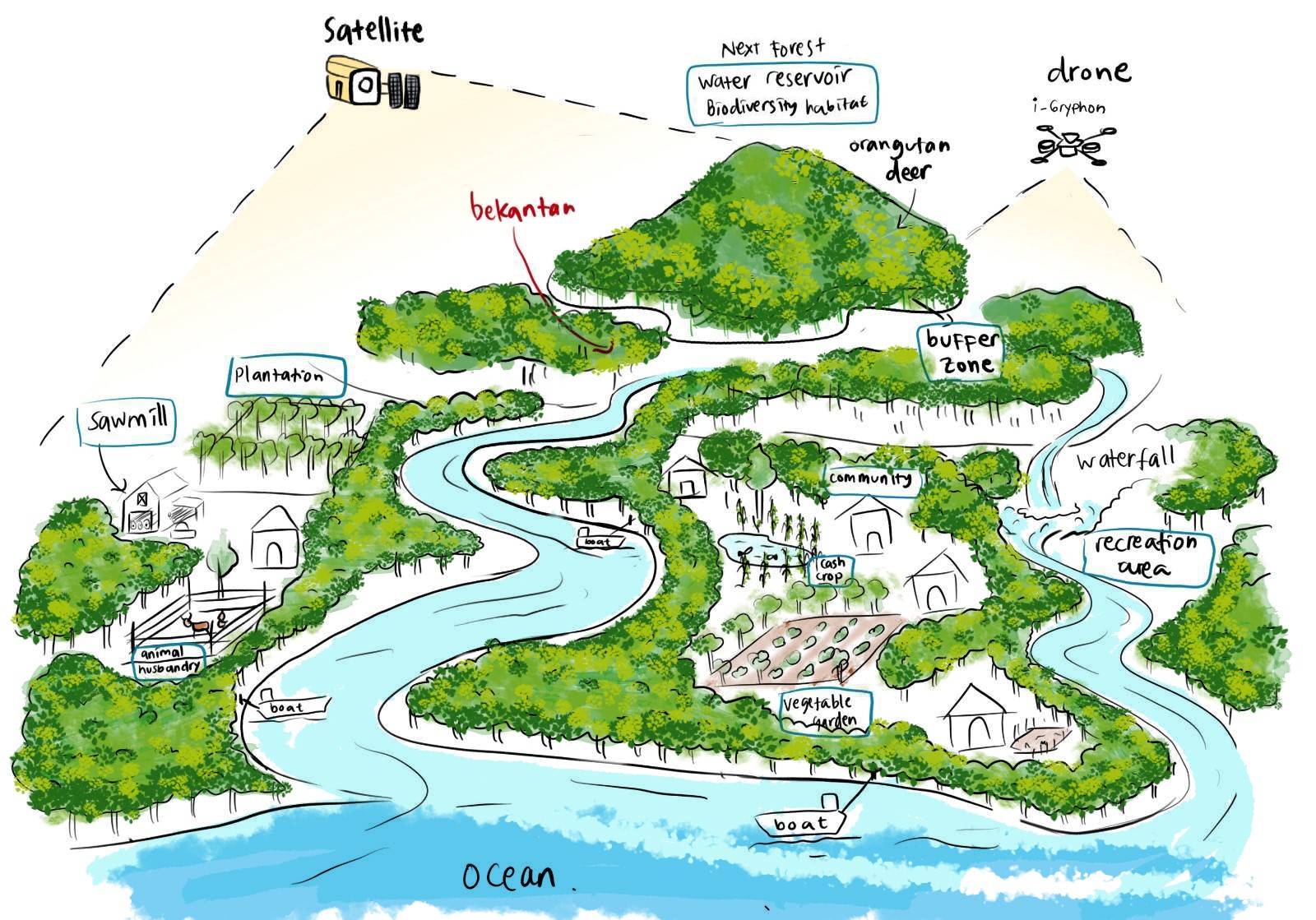
Our Solution

State-of-the-Art Technologies
of Satellite Sensing
Applying technologies developed over
many years in the space industry
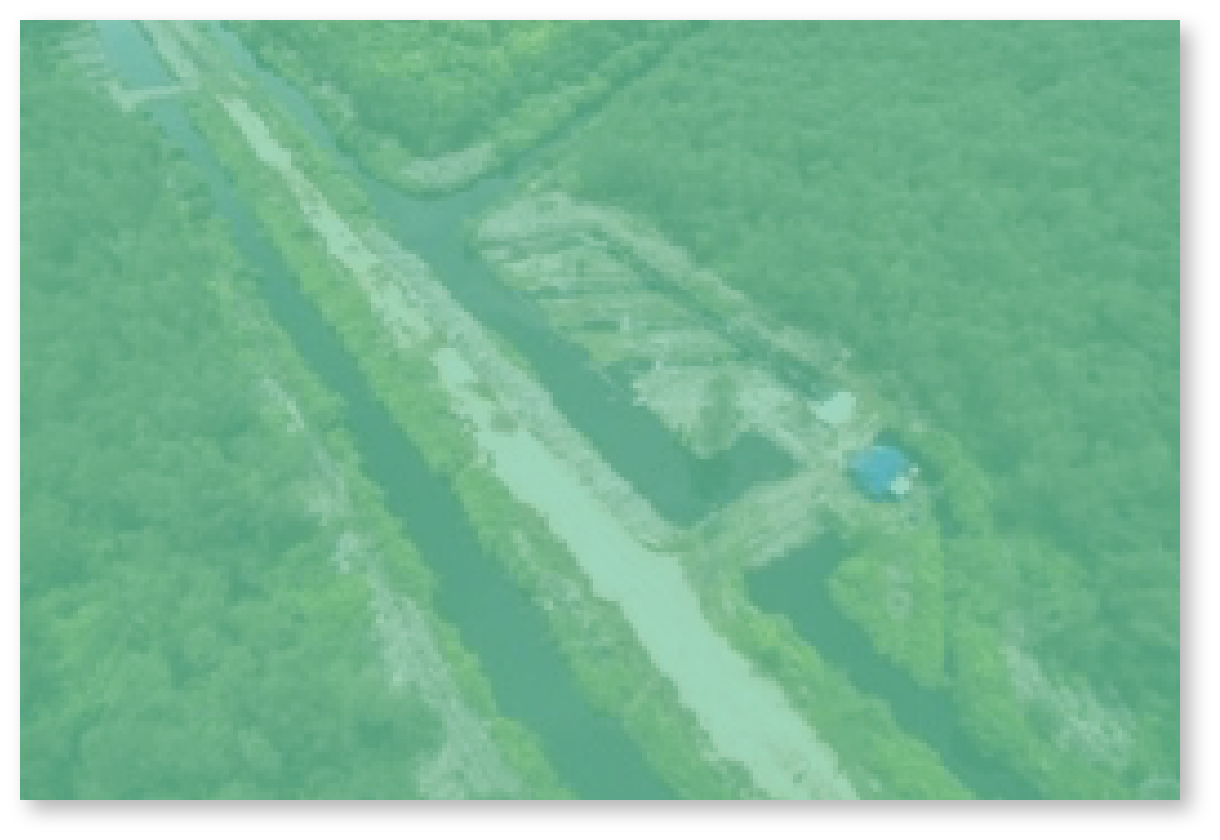
Scientific-based
Peatland Management
Based on ground measurement data of more than
145,000 ha over a period of 10 years
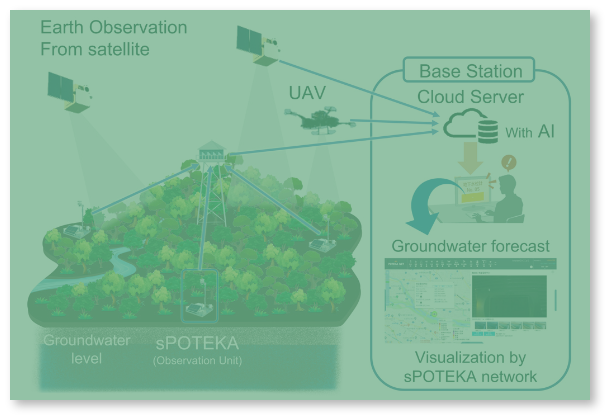
Weather Observation
Technology
High-precision, high-density weather observation
technology and network system
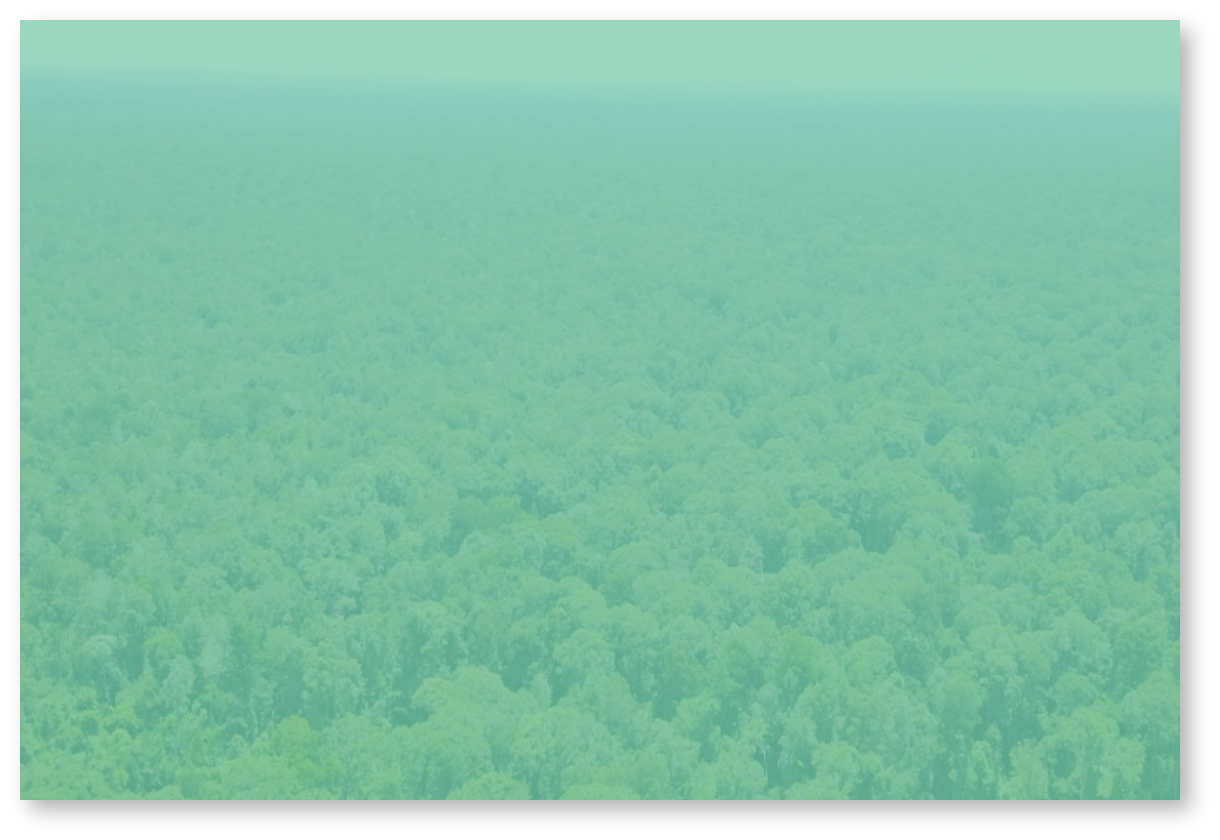
Sustainable Landscape
Forest Management
Cultivated for more than 100 years
We will tackle global climate change by combining the above knowledge and technologies.
Tropical Forest and Peatland Resolve/
Restrain Distortion of the Natural Environment
Tropical forests make up 45% of the world’s forest coverage. Only 30% of it remains intact today, with much of the remaining forest cover seriously affected by logging, fires, fragmentation, mining, and hunting.
On the other hand, tropical peatlands store a vast amount of carbon equivalent to over ten times global emissions, although its proportion is only 0.4% of the global land area.
Not only carbon dioxide absorption, but also…
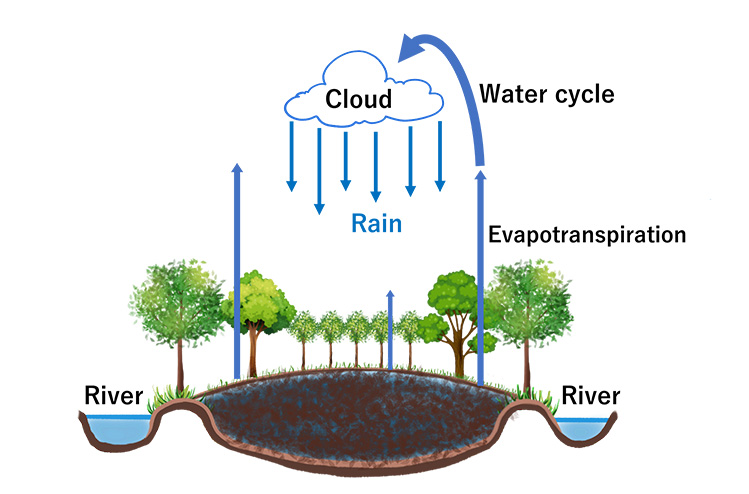
Global water cycle
Tropical forests and peatlands store a vast amount of water and pump water into the atmosphere through evapotranspiration. Tropical evergreen broadleaf forests cover roughly 10% of Earth’s surface but account for 22% of global evapotranspiration. It is also suggested that global peatlands store 10% of all freshwater even though the total area of peatlands covers only 3% of the global land surface.
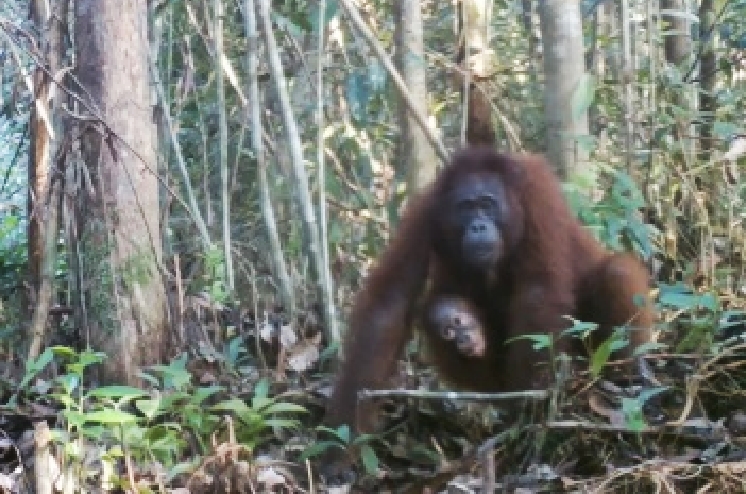
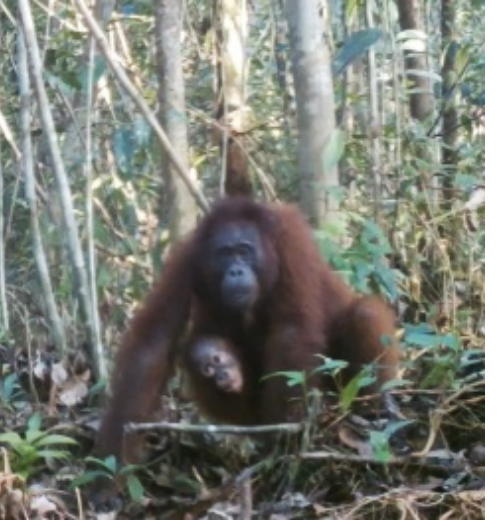
Biodiversity
Tropical peatland is the most biodiverse of peatland environments and also amongst the most threatened. Large peat deposits have formed beneath rich tropical rainforests. These forests support a wide variety of flora and fauna, including endangered species, such as orangutans.
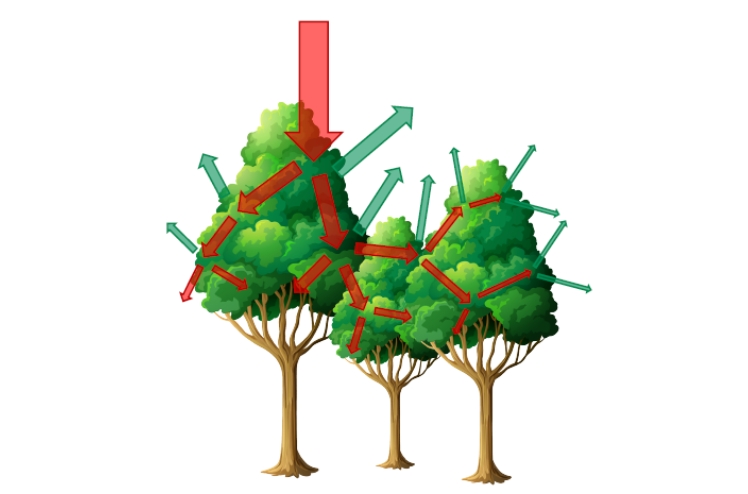
Stabilising global temperature
The leaves of the tropical forest absorb, reflect, and scatter the sunlight energy to help cool Earth’s temperature. Since the irradiance of green colour is higher than other colours, the green leaves can stabilise global temperature.
However, these values have not been properly recognised, and forests and peatlands are at risk of disappearing or degrading due to illegal logging, agricultural expansion, and fires. The tropics lost 12.2 million hectares of tree cover in 2020, of which one third (or 4.2 million hectares; an area the size of the Netherlands) was lost from humid tropical primary forests, which are particularly crucial to carbon storage and biodiversity.
Agricultural expansion and
illegal logging
Global demand for agricultural products such as food, feed, and fuel is now a significant driver of converting tropical forests and peatlands, leading to deforestation and many ecological and social impacts.
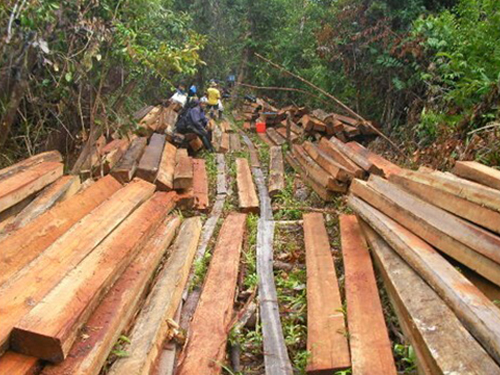
Drainage -
Based peatland management
Conventionally, many companies have drained peatlands to make land suitable for use. The method is designed to drain to the rivers easier by developing canals along slopes. Such Drainage-Based management can promote soil decomposition and lead to fire disasters.
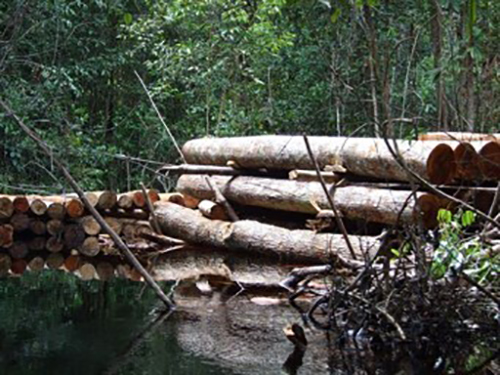
Fire disasters
Once the groundwater level drops, tropical peatlands will dry out and become more prone to fire. Uncontrolled fire will cause smoke haze and peat loss.
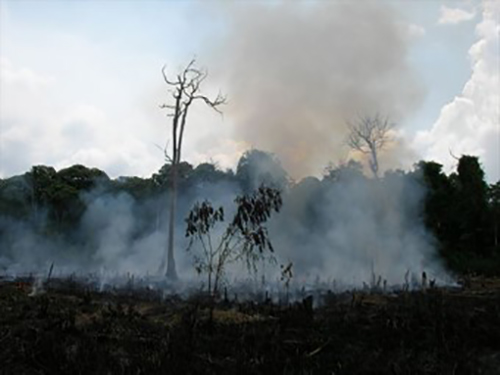



Overexploitation and fires of tropical forests and peatlands have released 2.2 to 3.7 billion t-CO2/yr, equivalent to 6 to 11% of global emissions.
In 2015, Indonesia experienced the worst forest fire and haze pollution since 1997, and strong El Niño conditions aggravated this. It is reported that peatland fires in Indonesia led to the loss of approximately 2 million hectares of peatland. With a mean emission rate of 11.3 M ton CO2 per day during September and October 2015, emissions from these peat fires exceeded the fossil fuel CO2 release rate of 8.9 M ton CO2 per day in the European Union.
Climate change
Global warming by carbon emissions and extreme weather by an imbalance in the global water cycle.
Loss of biodiversity
Many endangered species have lost their habitat due to overexploitation and fires.
Smoke haze
Toxic smoke and haze by massive peatlands fires. More than 100,000 people are likely to have died from smoke exposure as fires burned across Indonesia in 2015.

Proper management of tropical forests and peatlands can secure the fundamental elements of our lives such as food and water.
Let’s turn our eyes more to forests in harmony with people. Forests can provide various kinds of values in our lives.
Scientific-Based Tropical
Peatland Management Model
Sumitomo Forestry has established its the world’s only “Stock-Based” peatland management model over 145,000 ha of Indonesian forest through collecting data over 10 years, preventing fire disaster.
Click here for detailsIntegrated Monitoring System
Data collected by Earth observation, UAV, weather monitoring system (sPOTEKA) is analysed by AI, and fed back to users. sPOTEKA has been developed for peatland based on IHI's POTEKA, which is a one-of-a-kind high density and remote weather station in Japan.
Click here for details

